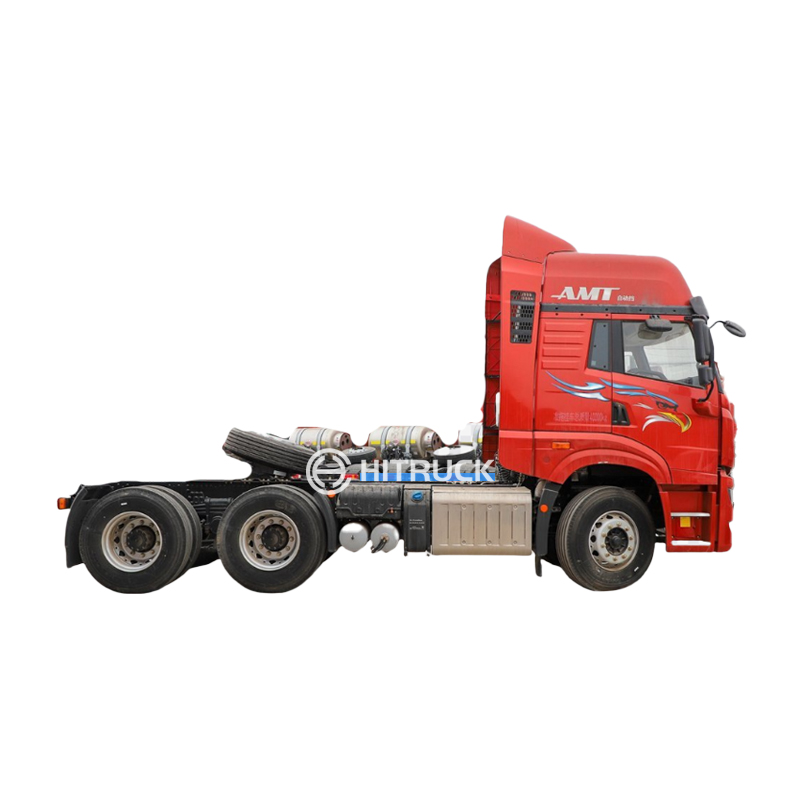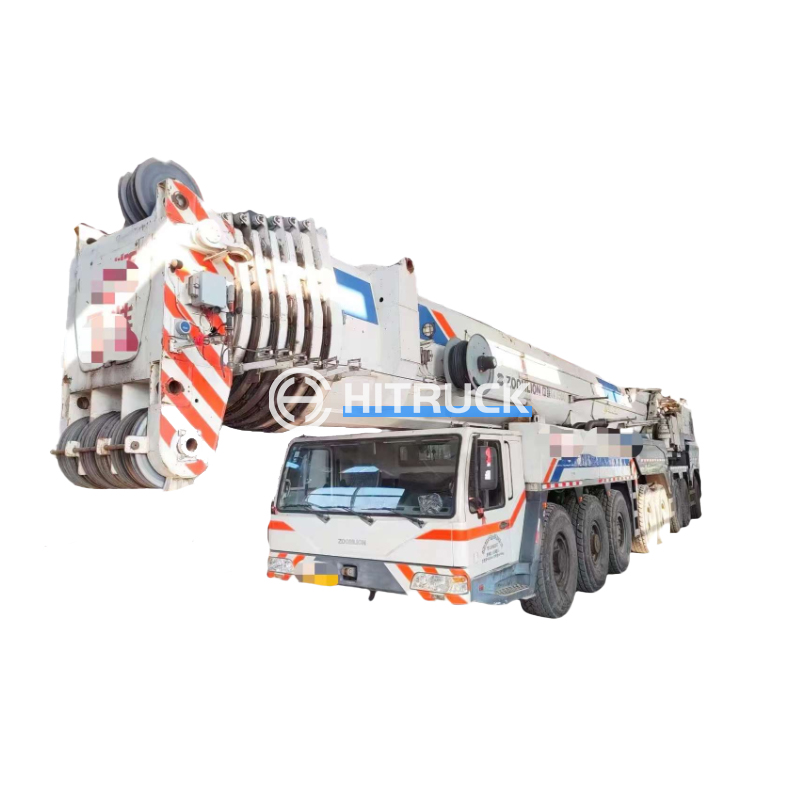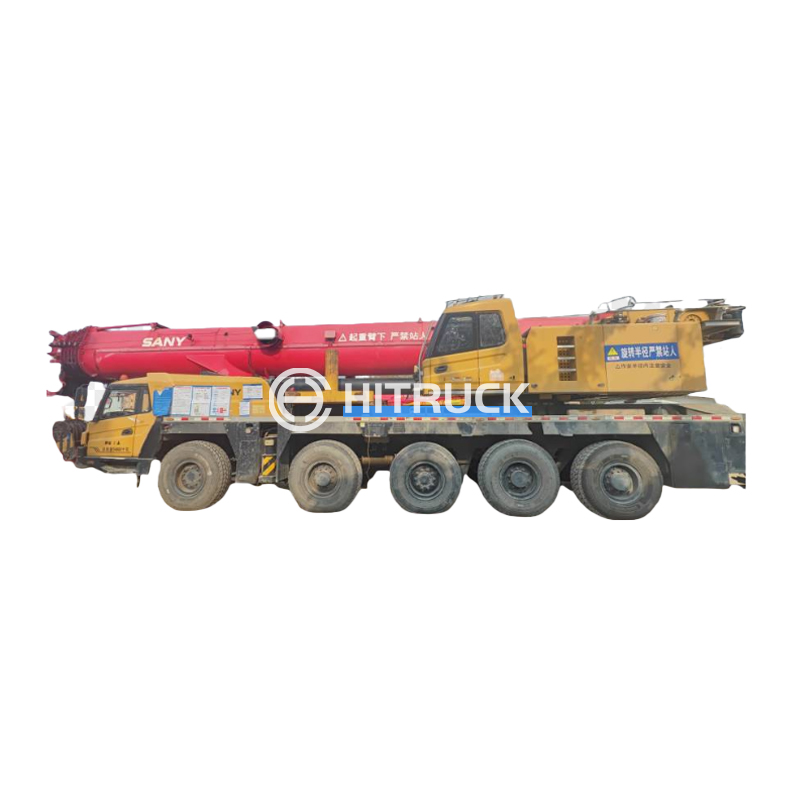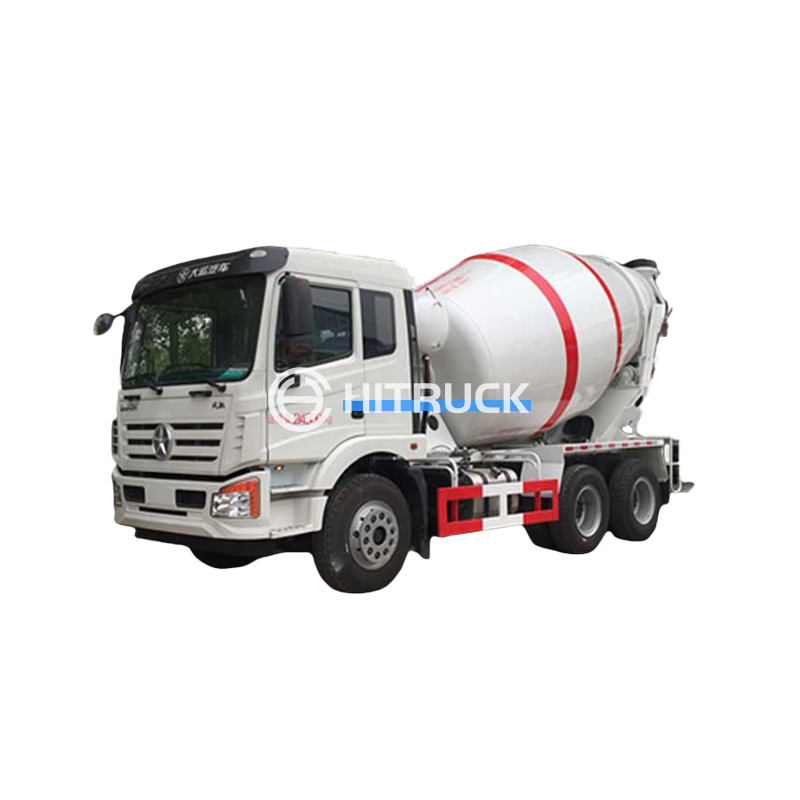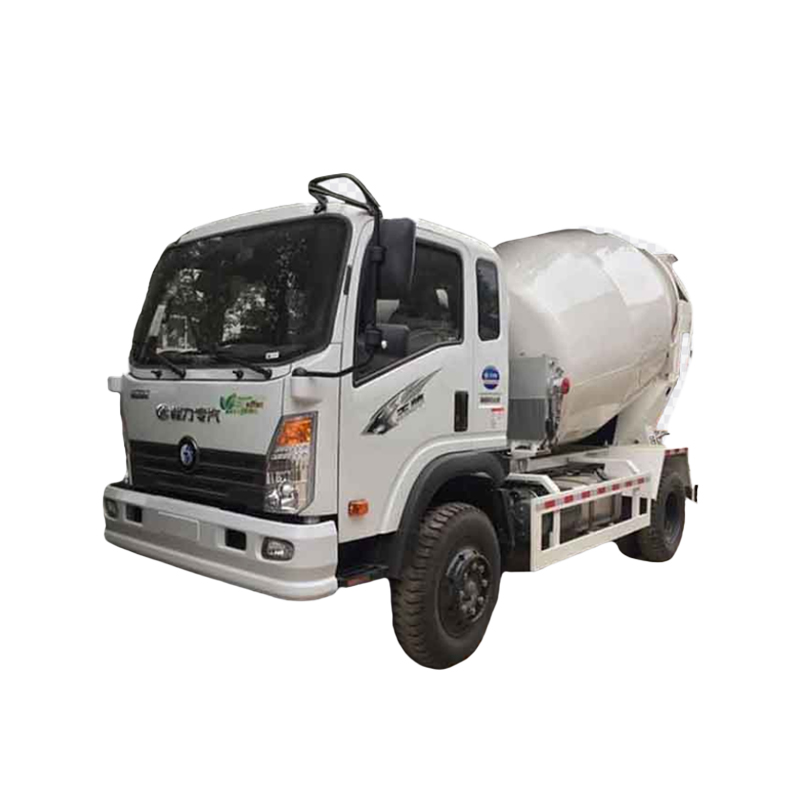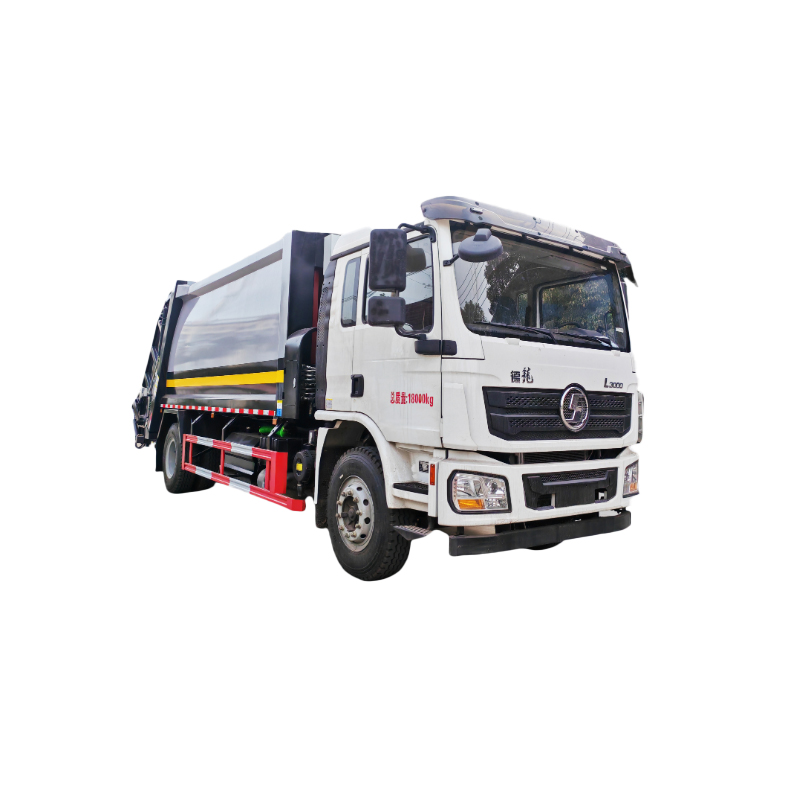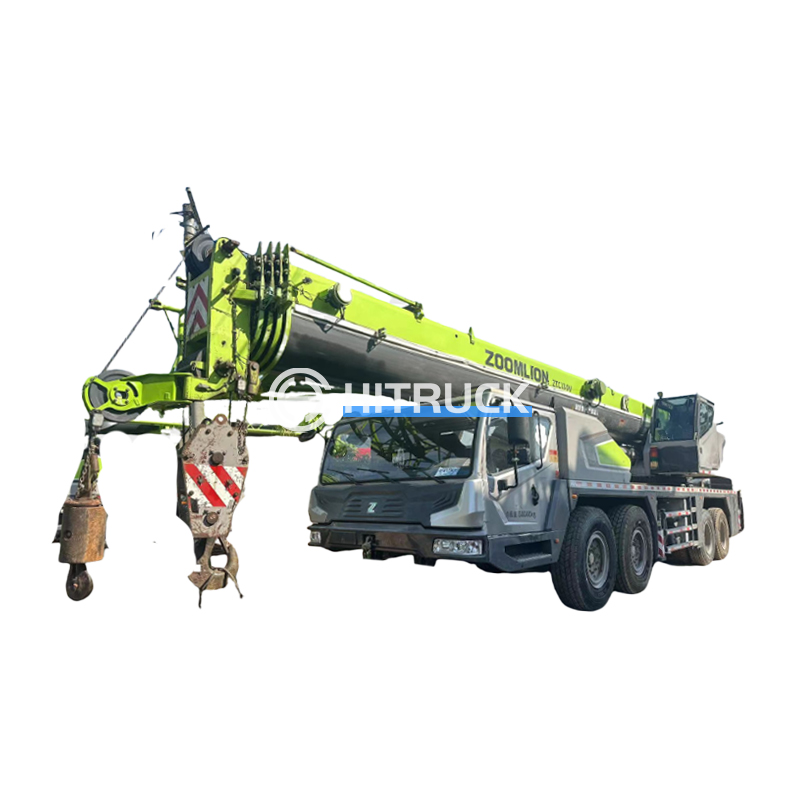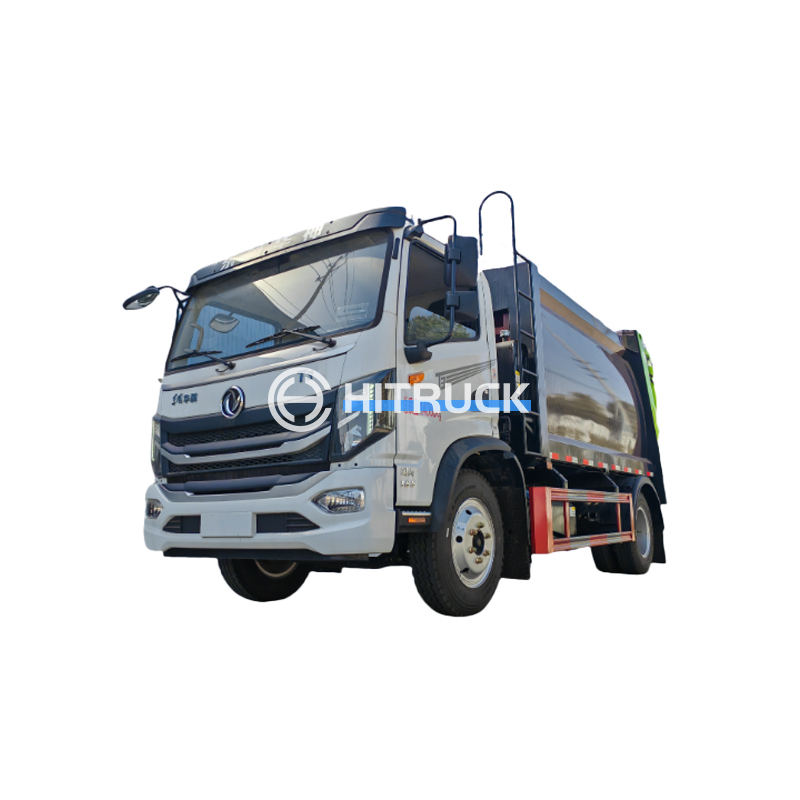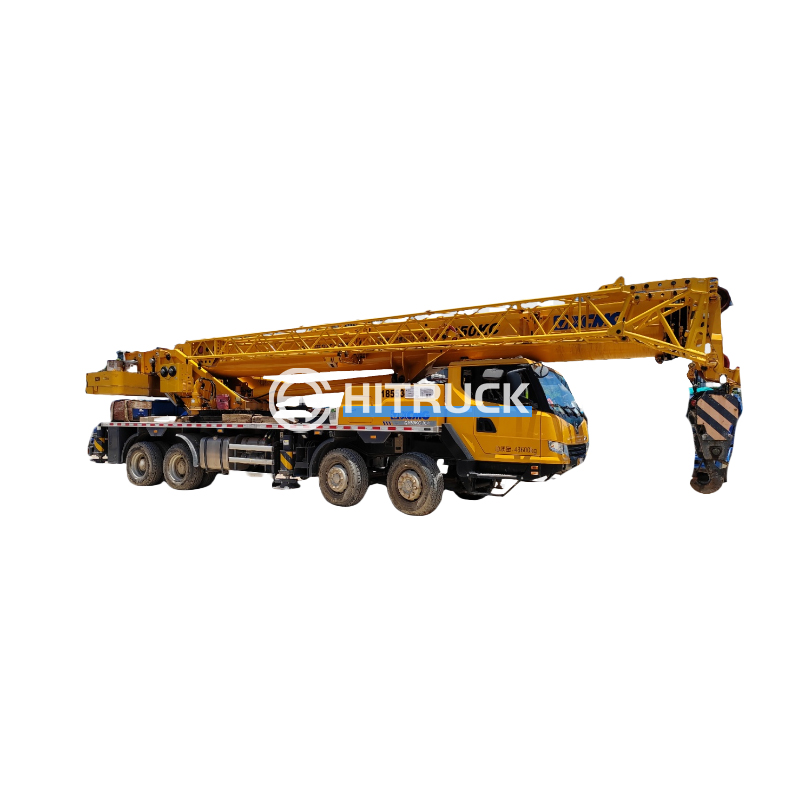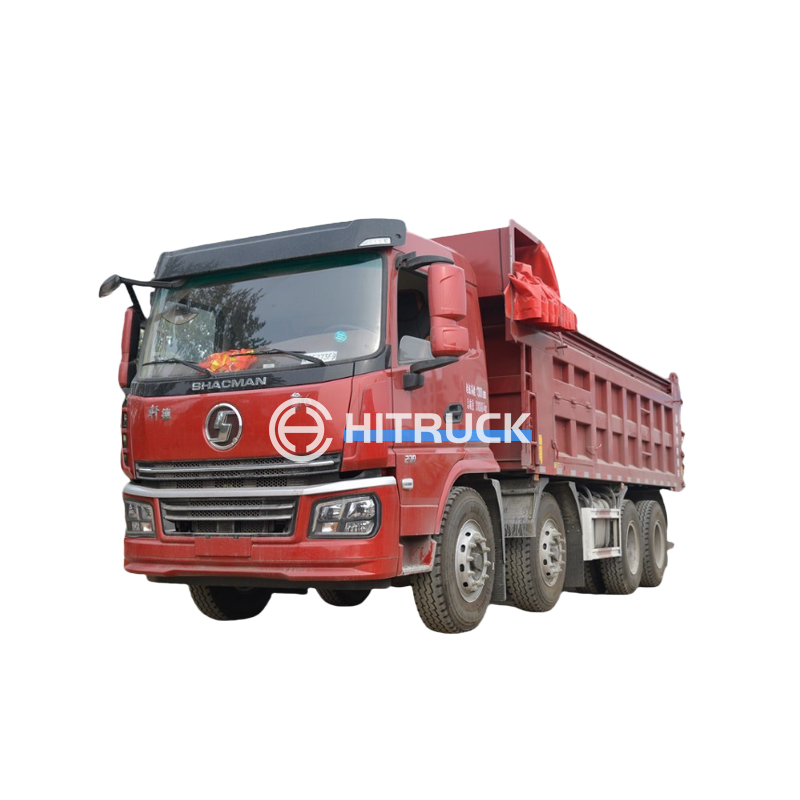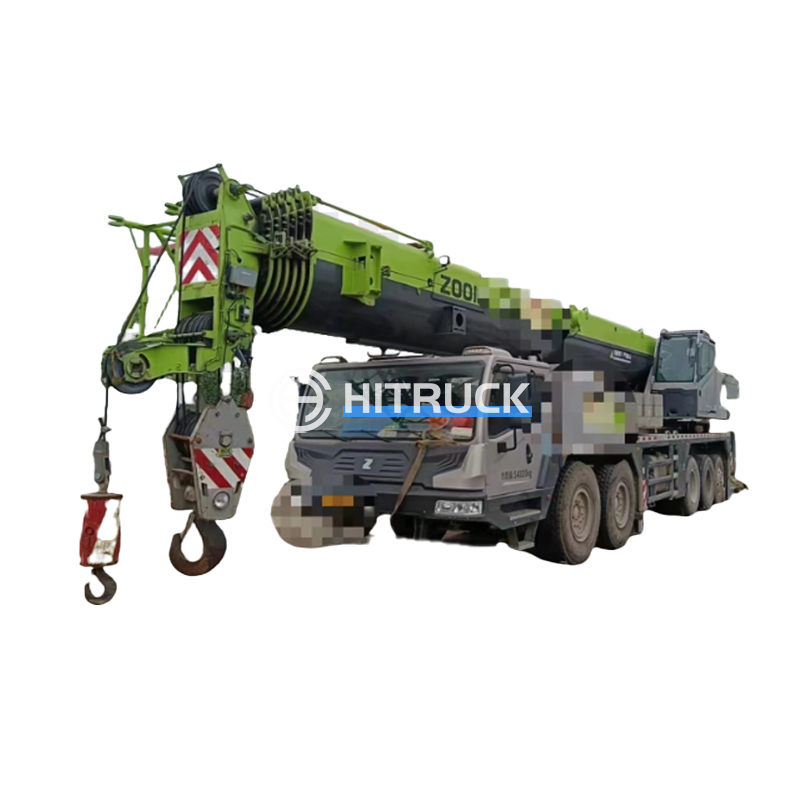This guide provides a comprehensive overview of small truck cranes, helping you understand their capabilities, applications, and key considerations when choosing the right model. We'll explore various types, features, and factors to consider to make an informed decision, ultimately assisting you in finding the perfect small truck crane for your specific requirements.
Small truck cranes, also known as mini truck cranes or compact truck cranes, are versatile lifting machines mounted on a truck chassis. Their compact size allows them to access tight spaces and maneuver in congested areas, making them ideal for a wide range of applications. Unlike larger cranes, their maneuverability is a significant advantage in urban environments or construction sites with limited space. The lifting capacity varies considerably depending on the model, typically ranging from a few tons to over ten tons. The choice depends heavily on your project's specific weight requirements.
Knuckle boom cranes are characterized by their articulated boom, allowing for greater flexibility and reach in confined spaces. This type is frequently chosen for its ability to maneuver around obstacles and reach awkward spots. They're popular in construction, landscaping, and utility work, excelling in situations where precise placement of loads is crucial.
Telescopic boom cranes feature a multi-section boom that extends and retracts smoothly. These offer a longer reach compared to knuckle booms with a similar overall size, making them suitable for lifting heavier loads at greater distances. The smoother extension and retraction makes for a more controlled lift, useful in projects requiring precise handling of materials.
Several variations exist, including those with additional features like fly jibs (extensions to increase reach) and different outrigger configurations for enhanced stability. Some small truck cranes are designed with specific functionalities in mind; for instance, some are optimized for working at heights.
The maximum weight the crane can lift safely is paramount. Carefully assess the heaviest loads you anticipate lifting to select a crane with a sufficient capacity. Remember to account for safety margins.
Consider the horizontal and vertical distances required for your lifting tasks. The crane's reach and maximum lifting height are critical for determining its suitability. Longer reach often comes at the cost of reduced lifting capacity.
In confined spaces, maneuverability is key. The turning radius and overall dimensions of the truck and crane combination are vital, especially if navigating narrow streets or construction sites.
The outrigger system is essential for stability. Consider the outrigger footprint and its impact on the area available for operation. Larger outriggers generally provide better stability, but they may require more space.
Regular maintenance is crucial for any piece of heavy equipment. Choose a small truck crane from a reputable supplier that offers readily available parts and service. Suizhou Haicang Automobile sales Co., LTD offers a range of options and excellent after-sales service.
| Model | Lifting Capacity (tons) | Maximum Reach (m) | Manufacturer |
|---|---|---|---|
| Model A | 5 | 10 | Manufacturer X |
| Model B | 7 | 8 | Manufacturer Y |
| Model C | 3 | 12 | Manufacturer Z |
Note: This table provides a simplified comparison and specifications may vary. Always consult the manufacturer's specifications for accurate information.
Selecting the right small truck crane depends on your specific needs and project requirements. By carefully considering the factors outlined above, you can make an informed decision and ensure you choose a crane that's both safe and efficient for your operations. Remember to prioritize safety and always operate within the crane's rated capacities.

